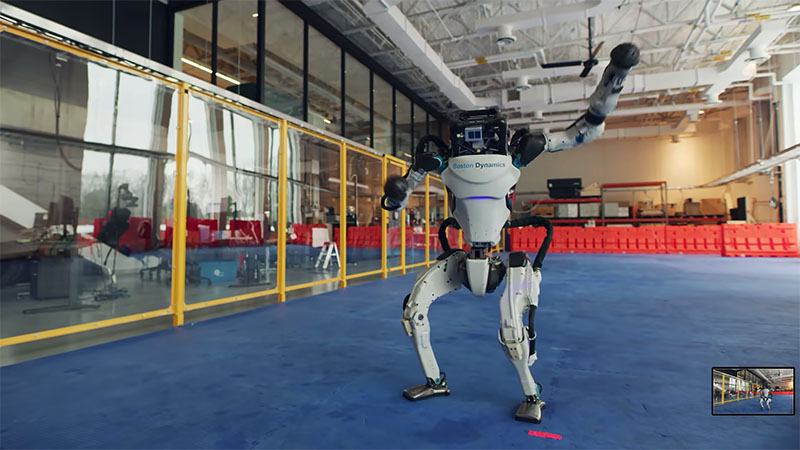In a study that found a correction between Western countries and parental burnout even before the pandemic made life at home challenging:
parenting norms in Euro-American countries … have become increasingly demanding over the last 50 years, resulting in intensification of parental investment, and growing psychological pressure on parents,”
“What parents feed their children, how they discipline them, where they put them to bed, how they play with them: all of these have become politically and morally charged questions… The distinction between what children need and what might enhance their development has disappeared, and anything less than optimal parenting is framed as perilous.”
As the article says, there’ll need to be other studies to determine causation. It’s unquestionably true that the politicisation of bringing up children, including education which wasn’t mentioned here, requires parents to constantly tread a line that seems to get finer every year.
These problems might be a microcosm of the schisms we’re seeing in increasing aspects of our everyday lives. For instance, whether it is ‘right’ to buy from Amazon given how it treats its warehouse workers.
As things become ever more interconnected, ordinary people feel they are responsible for taking stances and making choices about innumerable such issues.
I think this is responsible in large measure for what I see as a pervasively stressed society.




